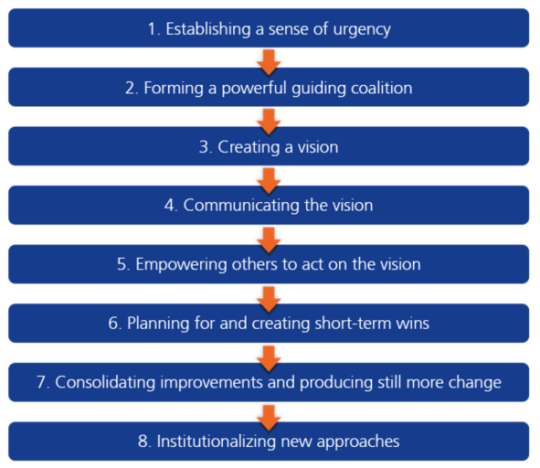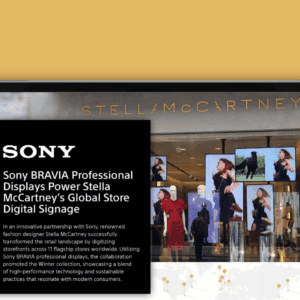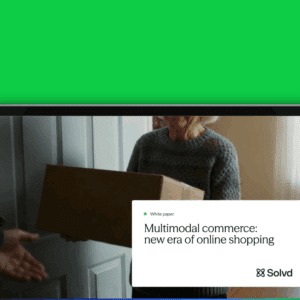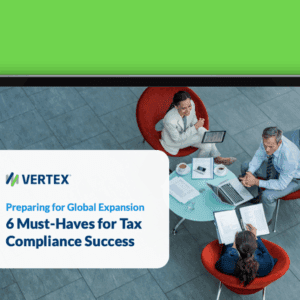By Johanna Småros, RELEX Solutions

Benjamin Franklin famously said, “In this world nothing can be said to
be certain, except death and taxes.”
Franklin could have added a third certainty: change. Change comes
whether we like it or not. Once we accept that fact, we can start to think
about the more important issue of how to manage it.
In recent years, the retail industry has been evolving rapidly, and
retailers that have failed to change or properly manage change have suffered. Managing
change is not about ivory-tower theorizing or delivering glitzy presentations,
but rather a practical process relying heavily on good research, hard work,
attention to detail, and your most important resource, people.
Change Management Is Real Work
Almost all significant change involves resistance to that change. Even
when change is deemed rational, its estimated or suspected impact on the workforce
or one’s position may be subject to resistance. This is why completing a retail
transformation requires effort.
To help guide organizations through the change management process,
John P. Kotter’s “8-Step Process for Leading Change” is an effective tool for organizing
the stages involved in successfully implementing change. This framework can be
applied to any change management project and is critical for retailers that want
to see successful transformations.

Figure 1 Kotter’s
8-step model of the most essential stages in completing a transformation
1. Establishing a sense of urgency
One way to reduce resistance to change is to make the transformation
necessary. Necessity dictates that the change has to be made in any case,
sooner or later. Getting things moving often requires emphasizing urgency. In
today’s retail environment, change IS necessary and the ongoing bankruptcies
and closure announcements are evidence that urgency is key.
2. Forming a powerful guiding coalition
To guide the development, a group of people with enough power is
needed to drive the changes. A small, tight-knit project team, including
stakeholders from a variety of functions impacted by the change, is essential for pushing things
forward quickly and efficiently.
3. Creating a vision
To become excited about change, you have to understand what it
entails. To do this, Kotter says you must be able to explain the core idea
behind a transformation project in less than five minutes, so that the listener
understands the subject and becomes enthusiastic about it. A clear vision is
also key to keeping a large project together so that it’s not broken up into
several parallel projects, causing mutually contradictory goals over time.
4. Communicating the vision
Change causes discomfort and often requires short-term sacrifices.
Even if employees are unsatisfied with the existing situation, you cannot
expect them to be prepared to make such sacrifices unless they believe they
will lead to improvements in the long-term. This is why continually communicating
the vision behind the change is so important.
5. Empowering others to act on the vision
Seeing a transformation through means removing obstacles to the
change. When employees have a clear vision in mind, they start considering
their own role in achieving the goals and take the initiative to come up with solutions
on their own.
6. Planning for and creating short-term wins
Big changes take a lot of time; by achieving and celebrating partial
victories, the excitement of the project continues. Kotter emphasizes that there
is no need to wait for short-term wins to come about, but that they can be
actively sought out.
7. Consolidating improvements and producing
still more change
When the first improvements have been made, it is easy to kick back
and think you have already crossed the finish line. Instead, this is the point
when you have to kick it up a gear. Take advantage of the excitement and trust that
you have created through the improvements made thus far, and continue to make
new improvements.
8. Institutionalizing new approaches
It is important to remember that change is not permanent until it is
seen as ‘our way of working’. As long as the old model of operation seems
familiar and safe compared with the new one, there is a very real risk that
people will revert to the old ways of doing things. Therefore, the new
operating model must be rooted firmly in the corporate culture.
From Reflection To Action
Completing a transformation isn’t rocket science – it is a practical,
hands-on process.
Why, then, do retailers so often fail to carry out change? Kotter hit
the nail on the head when he stated that few people have experience in managing
several significant change processes. This is why it’s important to follow an
established plan and learn from others’ mistakes; in doing so, retailers can avoid
unnecessary pitfalls and put change into effect easier and faster.
Johanna Småros (DSc.) is a RELEX co-founder and CMO. Together with
Mikko Kärkkäinen and Michael Falck, Johanna founded RELEX in 2005, coding
RELEX’s first simulator. Prior to becoming CMO, Småros drove RELEX’s
international expansion and opened up new markets across Scandinavia and the
Baltic region. During her time at university, Småros worked with BIT Research
Centre, collaborating closely with Finnish retail and consumer goods companies.
She’s been responsible for groundbreaking work in planning and forecasting
collaboration (CPFR) between retailers and suppliers, sharing and utilization
of POS data in supply chains and automated store ordering.






